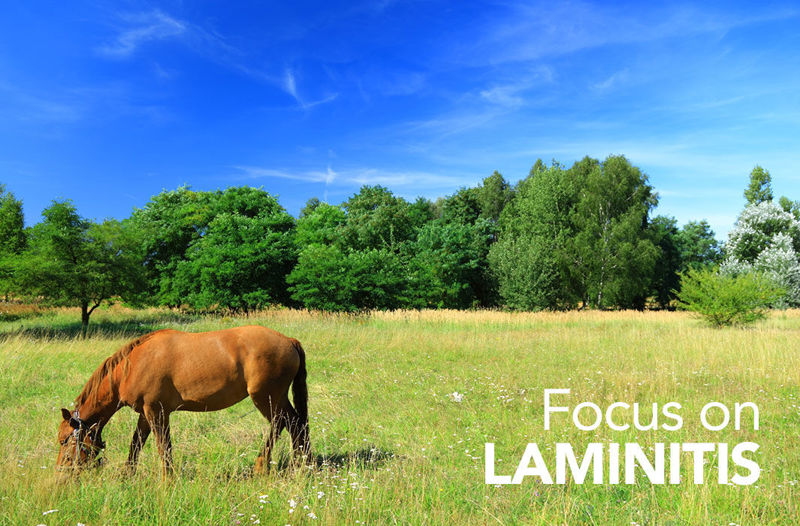Summer 2023 is a far cry from the searing heat we experienced last year. Whereas last year saw brown, parched paddocks and fields the alternating rain and warm sunshine that we have had this summer has kept our fields green.
For those of us who have horses and ponies at risk of laminitis this weather means constant vigilance and being alert to any signs of obesity or sickness.
Body Condition Scoring (BCS) is an easy way to actively keep an eye on your horse’s weight and condition. Using the Henneke Body Condition Scoring System or similar scale will give you key areas to monitor and indicate how much is too much.
It looks at the neck, withers, loin, tailhead, ribs and shoulder and details what fat coverage or bone accentuation you should expect with each level of condition.
As laminitis is usually associated with overweight horses, being aware of when your horse exceeds the ‘moderate’ state could help you keep the condition at bay.
Preventative measures for keeping your horse’s weight in check can include:
- Feed an appropriate energy (calorie) intake
- Restricting grazing either through strip grazing or the use of a muzzle
- Avoiding turnout on lush grazing
- Maintaining a good exercise programme – in hand work can be just as beneficial as riding
- Body Condition Score regularly – ideally every 2 weeks
- Checking your horses crest to ensure it doesn’t become hard
- Working with your vet and farrier if you have any concerns
Where grazing is restricted, a broad-spectrum vitamin and mineral supplement such as Prolamin will ensure that a balanced diet is being provided without the need for hard feed. Find out more about Prolamin >>
Laminitis refers to inflammation of the laminae which are the tissues that bond the hoof wall to the pedal bone. This very painful and debilitating condition is usually associated with overweight horses and those with metabolic issues like Cushings and Equine Metabolic Syndrome.


